I’ve been meaning for awhile to write reviews of the famous ‘3 Ws’ of Surrey: West Hill, Woking, and Worplesdon. These courses, which are all neighbors, feature prominently on lists of the best courses in England and the best heathland courses. There’s been a lot of debate over ranking the three. Generally Woking comes out on top because it has, pretty indisputably, the best greens of the three. But my impression after a few plays of each is that it was also on the least interesting land of the three. Still, I’d agree with the consensus that it’s the best of them.
I’m starting with Worplesdon because my recollection after having played all three of them that my ordering would be Woking>West Hill>Worplesdon. But I didn’t play West Hill until a year after I played Woking and Worplesdon and there might have been some recency bias with respect to West Hill vs. Worplesdon because there was a lot that I liked about the former.
But there was also a lot that I liked about the latter. So my next three reviews are also going to be a test of whether going over all of it again, I feel the same way about the ordering. My memory of golf hole features tends to be pretty good, but it helps that I have a good set of pictures of all three. I also saw them all, at least for the first time, in late winter/early spring, so the conditions were comparable.
I’m not really into architectural history and I was under the impression that Worplesdon, like The Addington and Knole Park, was the work of J.F. Abercromby. But I saw a list recently of Willie Park Jr. courses that included it. Looking at the club’s website, it looks like Abercromby routed the course and Park Jr. shaped the greens and bunkers. There’s certainly a lot to like about both of these aspects of the course although I’ll also note at the outset that these greens and bunkers have a bit more flair than some of the other Park Jr. work that I’ve seen at Sunningdale and Stoneham. That makes me a bit suspect whether all of it is original but I certainly don’t want to do the research to find out. So I’ll leave aside the provenance of all of this and judge it on what I see to be its merits.
And that leaves a plenty enough interesting a task because there’s a lot of great stuff at Worplesdon. The course seems to be mostly known for its set of five par 3s and the back-to-back par 5s on the back nine. I certainly agree that the par 3s are a noteworthy set and that 11 and 12 are fine holes. But I actually think that some of the other holes might be even better. Generally, the bunkering is bold and there are several greens with some serious internal contour. Although they’re not as artistic as those at Woking, it’s probably one of the more challenging sets of greens of the heathland courses.
The first is a straight-away short par 4 that falls gently to the fairway then rises back uphill to the green. I didn’t take this picture from the tee but the bunkers on the left were about 240 to clear (from the ~6,450 yard back tees). On Google Earth, it looks like the club has added another bunker near the trees on the right, ~270 out.
I didn’t get a picture of the green but I remember it as large and interesting, sloping generally back-to-front.
I’m starting with Worplesdon because my recollection after having played all three of them that my ordering would be Woking>West Hill>Worplesdon. But I didn’t play West Hill until a year after I played Woking and Worplesdon and there might have been some recency bias with respect to West Hill vs. Worplesdon because there was a lot that I liked about the former.
But there was also a lot that I liked about the latter. So my next three reviews are also going to be a test of whether going over all of it again, I feel the same way about the ordering. My memory of golf hole features tends to be pretty good, but it helps that I have a good set of pictures of all three. I also saw them all, at least for the first time, in late winter/early spring, so the conditions were comparable.
I’m not really into architectural history and I was under the impression that Worplesdon, like The Addington and Knole Park, was the work of J.F. Abercromby. But I saw a list recently of Willie Park Jr. courses that included it. Looking at the club’s website, it looks like Abercromby routed the course and Park Jr. shaped the greens and bunkers. There’s certainly a lot to like about both of these aspects of the course although I’ll also note at the outset that these greens and bunkers have a bit more flair than some of the other Park Jr. work that I’ve seen at Sunningdale and Stoneham. That makes me a bit suspect whether all of it is original but I certainly don’t want to do the research to find out. So I’ll leave aside the provenance of all of this and judge it on what I see to be its merits.
And that leaves a plenty enough interesting a task because there’s a lot of great stuff at Worplesdon. The course seems to be mostly known for its set of five par 3s and the back-to-back par 5s on the back nine. I certainly agree that the par 3s are a noteworthy set and that 11 and 12 are fine holes. But I actually think that some of the other holes might be even better. Generally, the bunkering is bold and there are several greens with some serious internal contour. Although they’re not as artistic as those at Woking, it’s probably one of the more challenging sets of greens of the heathland courses.
The first is a straight-away short par 4 that falls gently to the fairway then rises back uphill to the green. I didn’t take this picture from the tee but the bunkers on the left were about 240 to clear (from the ~6,450 yard back tees). On Google Earth, it looks like the club has added another bunker near the trees on the right, ~270 out.
I didn’t get a picture of the green but I remember it as large and interesting, sloping generally back-to-front.
I really like the 400 yard second hole. I’m a sucker for this kind of funky, blind drive where the blindness comes from a rise right in front of the tee. Most architects today would just have you walk 80 yards to the point where it isn’t blind. But anyone who has played the Addington won’t be surprised that Abercromby didn’t do that—he didn’t seem to care so much about helping golfers out.
It’s a great driving hole too because you can tell that the hole bends to the left and that there are trees right. So you’d suspect that you need to hit a draw. Yes. The fairway slopes left-to-right and if you don’t execute the drive, it’s easy to end up in the trees. This drive might get a bit hairy when things are firm in the summer but it worked very well in March. In winter/spring, there’s an issue of hitting it far enough so that you don’t get stuck on the side of the hill, which would make the uphill approach brutal.
It’s a great driving hole too because you can tell that the hole bends to the left and that there are trees right. So you’d suspect that you need to hit a draw. Yes. The fairway slopes left-to-right and if you don’t execute the drive, it’s easy to end up in the trees. This drive might get a bit hairy when things are firm in the summer but it worked very well in March. In winter/spring, there’s an issue of hitting it far enough so that you don’t get stuck on the side of the hill, which would make the uphill approach brutal.
Three is a mid-length, downhill par 4 with one main feature: a bunker in the center of the fairway about 290 out. This wasn’t an issue for me given the lack of bounce and I found the hole quite tame. But it would be an issue for long hitters and might be an issue for me in the summer because the fairway slopes toward it.
Four is the first of an excellent set of par 3s. Three of them are uphill, this one by far the most of the bunch. Google Earth says that it plays 11 meters uphill—so almost 40 feet! That seems right and I found that I had to take two extra clubs over the yardage. The green is shallow with a pretty good false front. Tough, but really good hole.
The first four holes are loop back to the clubhouse and the fifth tee is right next to it…which resulted in a 50 hole day for me because they started me here in my first round. It was a tough starting hole, much tougher than the first.
It’s probably the narrowest fairway on the course. There are bunkers on both sides of the fairway starting at 240 and the right rough is all heather. The approach is to a large, undulating green with an interesting dip running across the front. These stand out in my mind but apparently I didn’t take pictures of them. Worplesdon was one of the first courses that I played in the UK, so I was still learning about how to photograph a course.
It’s probably the narrowest fairway on the course. There are bunkers on both sides of the fairway starting at 240 and the right rough is all heather. The approach is to a large, undulating green with an interesting dip running across the front. These stand out in my mind but apparently I didn’t take pictures of them. Worplesdon was one of the first courses that I played in the UK, so I was still learning about how to photograph a course.
And it looks like I didn’t take any pictures of the sixth, a short, left doglegging par 5. The fairway was pretty wide between scattered bunkers and the second was open, running downhill to the green. I remember it as being a pretty easy hole.
Its green surrounded by bunkers, I didn’t think that the par 3 seventh was an easy hole. Like several greens, this one is two-tiered and front pins are pretty accessible for a decent short iron player.
Its green surrounded by bunkers, I didn’t think that the par 3 seventh was an easy hole. Like several greens, this one is two-tiered and front pins are pretty accessible for a decent short iron player.
Eight is another fairly short par 4 with a semi-blind drive. There’s a bunker about 230 out on the left that you can’t see well. If you can carry it, you can probably get pretty close to the green in the summer.
This is another two-tiered green, probably the course’s most severe. I didn’t get a close-up, but you can even see the severity of the tier from about 150 yards out in the fairway. The back plateau is also quite small with death over the back. So it’s a tough hole with the pin in the back but should be pretty easy with it in the front.
This is another two-tiered green, probably the course’s most severe. I didn’t get a close-up, but you can even see the severity of the tier from about 150 yards out in the fairway. The back plateau is also quite small with death over the back. So it’s a tough hole with the pin in the back but should be pretty easy with it in the front.
Nine is another mid-length par 4 and a bit of an awkward hole. But it was an awkward hole that I still liked. The main trouble is down the right in the form of trees. Because that’s where the trouble is, you’d think that you’d want to cut this side for the best angle. Not true. You might be able to get closer to the green, but the best angle in is from the left because the green angles front-left to back-right around a bunker at its front right. It might be a bit too tight with leaves on the trees, but it worked for me.
Probably the best green on the course is on the short par 3 tenth. The shot over the pond is certainly one of the prettiest on the course but that’s nothing compared to the beauty of the green, which had multiple small tiers. I wish I had gotten a close-up of it.
The next four holes are on the other side of a two-lane highway which creates two of the most dangerous road crossings that I’ve seen on a golf course, with poor visibility on both sides and cars coming at 50+ mph. Now that they’ve rerouted Liphook to avoid was I thought was the #1 most dangerous road crossing, this walk from 10-11 is the most dangerous remaining one that I’ve seen on a golf course.
If you’ve survived and reached the eleventh tee, you’re in for the best stretch of holes on the course. The back-to-back par 5s eleven and twelve have received much praise. My praise is a bit more reserved. They’re both beautiful holes, but they’re not as interesting as many others that I’ve seen.
Actually, I think that the eleventh would be a very interesting hole for shorter hitters. The main feature on the drive is a bunker that cuts well into the right half of the fairway. But it’s only about a 215 yard carry.
Actually, I think that the eleventh would be a very interesting hole for shorter hitters. The main feature on the drive is a bunker that cuts well into the right half of the fairway. But it’s only about a 215 yard carry.
The second is over a similarly prominent bunker, but it’s only about 375 to get past this one. After that, you just need to avoid a big oak tree in the right rough. The green is deep and probably better approached from the right, but I didn’t find the angle to be so important.
Twelve is a much tougher driving hole for longer hitters. This time there are several bunkers up the right side and it’s about 280 to pass them from the tips. It’s definitely reachable at 510…although not for me in late winter. If you’re laying up, it’s a bit of an awkward one to a blind landing area. But it’s plenty wide. I liked the trench bunker at the front-right of the green, which favors an approach from the left.
The ~190 yard par 3 thirteenth is both a beautiful and a great par 3. The green is narrow but deep and ringed with sand in the front half. I’ve seen recent photos and it looks like the club has made this into one continuous bunker around the front. I liked the look of the various odd bunkers before but perhaps this is a restoration. The green pitches pretty good from back-to-front with a tier in the back.
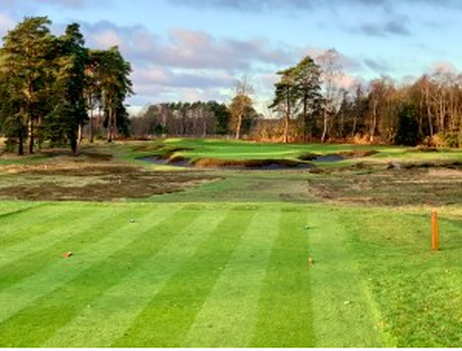
The restored version of the bunker is continuous across the front of the green. I think that the new (old) version looks just as good and is better than the bunker work on some of the other heathland courses. Picture from https://www.lobbandpartners.com/news/2021/02/restoring-worplesdons-horse-shoe-bunker-hole-13-jan-21/
I thought that the long par 4 fourteenth (~460 yards), the last hole on this side of the highway, was the course’s best. There’s a pretty good amount of room off the tee but the hole turns gently left and you want to stay near the line of the left fairway bunker, which is about a 240 yard carry on its right side.
On the approach, the main feature is a bunker in the middle of the fairway about 30 yards short of the green. It definitely comes into play if you haven’t hit a long drive and if you’re in the right side of the fairway, it obscures the direct line to the green. I didn’t get a shot of the green unfortunately, but there are bunkers on both sides. This hole really rewards someone who keeps both their drive and approach on the straight and narrow.
The second road crossing isn’t as bad as the first because the visibility is better. But what’s unusual here is that we have about a 240 yard walk from the fourteenth green to the fifteenth tee. You don’t see that too often on British courses.
But it didn’t bother me because this only happens once and the hole on the other side, a short par 5, is a fine hole. Like eleven, the major feature here is a bunker up the right side that only takes about 215 to carry. But there’s much more danger here; if you hedge left, there’s junk up the left side of the fairway. So it’s best to go over the middle or the right edge of the bunker.
The land past the bunker runs downhill and you can have a pretty short approach into this green. If I remember correctly, I birdied it all three times that I played it. So it’s probably fair to think of it as a long par 4.
But it didn’t bother me because this only happens once and the hole on the other side, a short par 5, is a fine hole. Like eleven, the major feature here is a bunker up the right side that only takes about 215 to carry. But there’s much more danger here; if you hedge left, there’s junk up the left side of the fairway. So it’s best to go over the middle or the right edge of the bunker.
The land past the bunker runs downhill and you can have a pretty short approach into this green. If I remember correctly, I birdied it all three times that I played it. So it’s probably fair to think of it as a long par 4.
Like four and seven, sixteen is an uphill par 3. It’s a bit visually confusing because the two big mound of heather in front are about 40 ft. short of the green. I remember that the green slope back-to-front, but not any further details.
The 400 yard seventeenth probably qualifies as a sleeper hole. The visibility from the tee is a bit poor. You can see that there are multiple bunkers up the right, but not how far away they are. They progressively narrow the fairway at 210, 250, and 290 making this a good driving hole for everyone.
The approach to the green looks simple enough with standard bunkering at the front-right and left. But the green is another of the most interesting on the course, two-tiered but with the back, upper tier kind-of horseshoeing around the lower front one. Another green that I wish I had a picture of. This is probably one of the 3 or 4 best holes on the course.
I said at the beginning that I’d be reassessing the 3 Ws as I write about them because I haven’t thought about them in awhile. Thinking through Worplesdon, I’m realizing that the greens are a lot better than I remember…even though I didn’t get good pictures of any of them.
I said at the beginning that I’d be reassessing the 3 Ws as I write about them because I haven’t thought about them in awhile. Thinking through Worplesdon, I’m realizing that the greens are a lot better than I remember…even though I didn’t get good pictures of any of them.
The eighteenth is an elegant long par 4 finisher. It’s quite easy off the tee but the approach is Colt-esque over diagonal bunkers that start 40 yards short of the green and run up its right side. These bunkers probably get as much action as any on the course.
I remember thinking at the time that I didn’t have much negative to say about Worplesdon and I did have a lot that was positive. I can see why I thought that. Although some of them have achieved some recognition, I think that the par 5s are a bit weak. Eleven could really use another 40 yards but there’s no room with houses behind the tee. Actually you could just call 6 and 15 par 4s, which would reduce the course to a tough par 69. But the par 3s are as good as advertised individually, if a bit similar to each other in length. And there are some excellent par 4s in the mix.
The bunkering is well-placed and beautifully shaped. There’s ample heather both around these bunkers and between the holes. I don’t know if the bunkers had been recently reconstructed and the heather added like I noted about Stoneham, but they looked very good. Thinking through my memories of each hole, the greens are better than I had remembered with my only criticism being that a few too many are two-tiered. Although I wouldn’t make too firm a judgment not having seen these courses for several years, I’d wager that they were one of the 5 most interesting sets on a heathland course.
So Worplesdon holds up very well in my look back and I wouldn’t be surprised if after reviewing West Hill next, that it moves to second place in my mind among the 3 Ws, which appears to be the conventional wisdom.
The bunkering is well-placed and beautifully shaped. There’s ample heather both around these bunkers and between the holes. I don’t know if the bunkers had been recently reconstructed and the heather added like I noted about Stoneham, but they looked very good. Thinking through my memories of each hole, the greens are better than I had remembered with my only criticism being that a few too many are two-tiered. Although I wouldn’t make too firm a judgment not having seen these courses for several years, I’d wager that they were one of the 5 most interesting sets on a heathland course.
So Worplesdon holds up very well in my look back and I wouldn’t be surprised if after reviewing West Hill next, that it moves to second place in my mind among the 3 Ws, which appears to be the conventional wisdom.
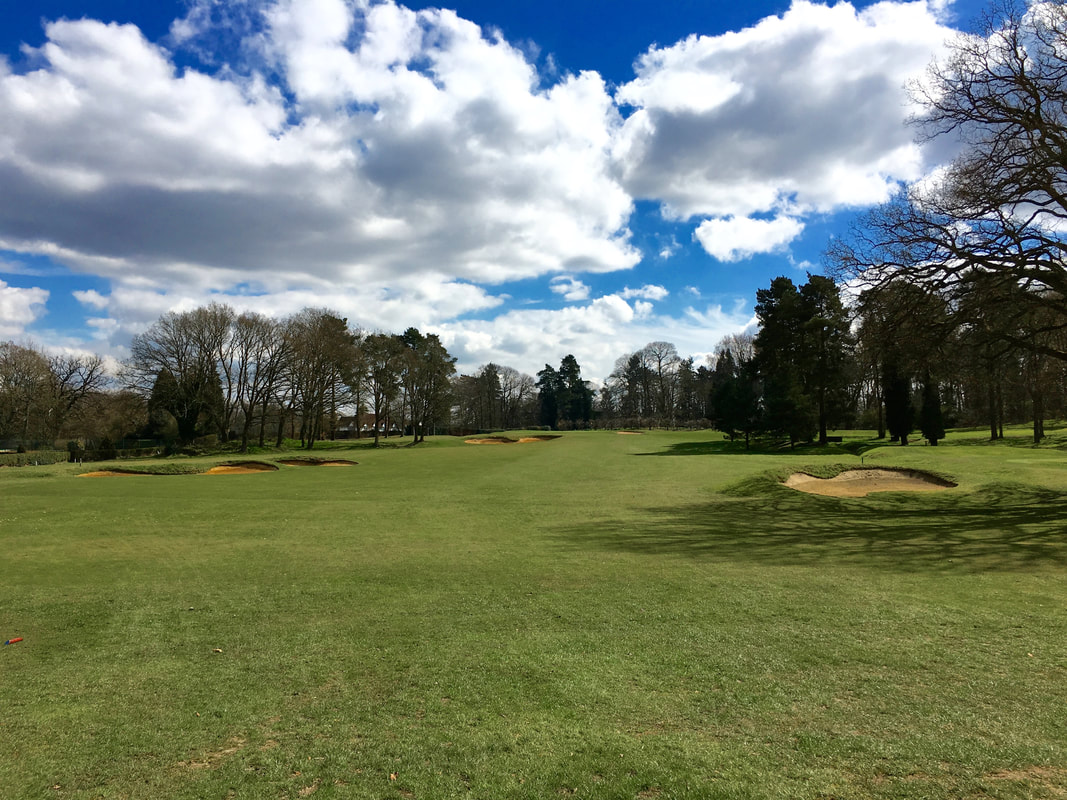
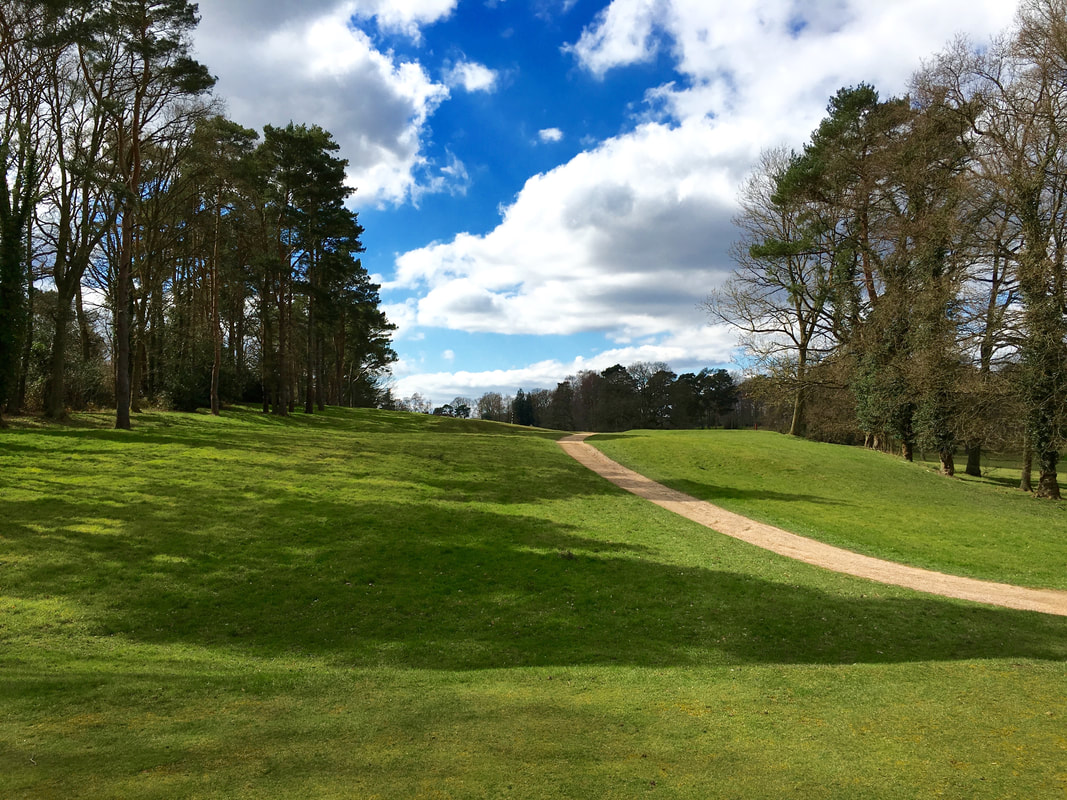
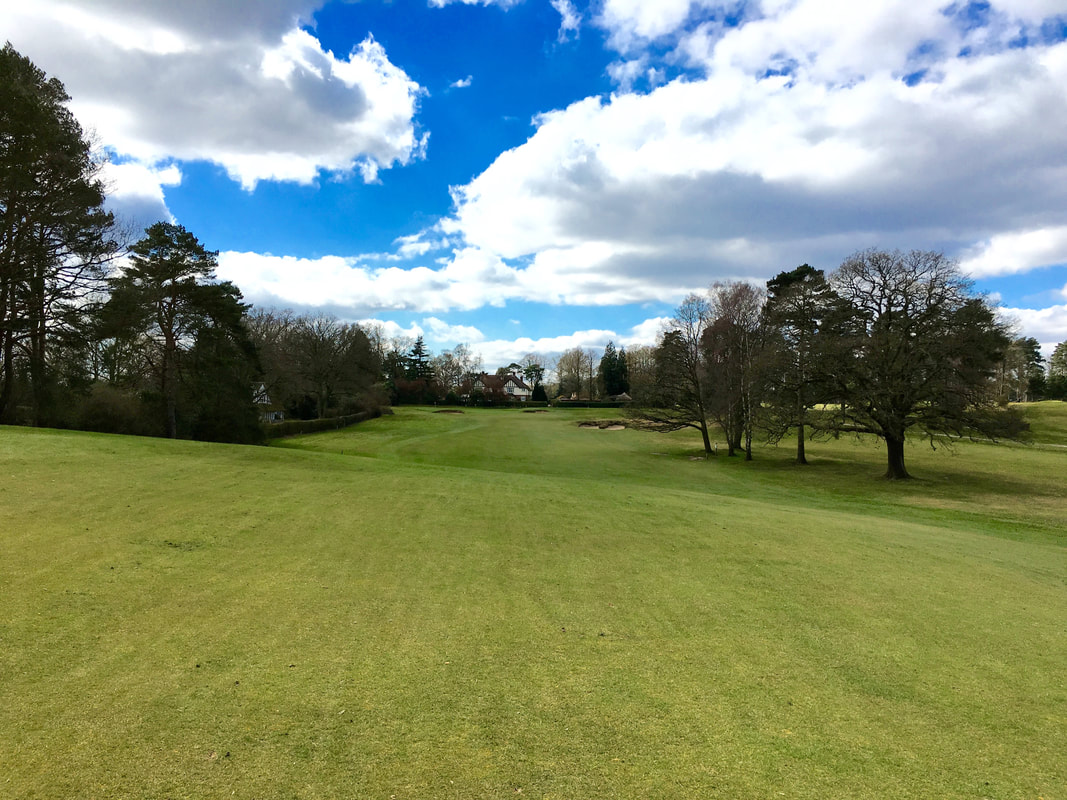
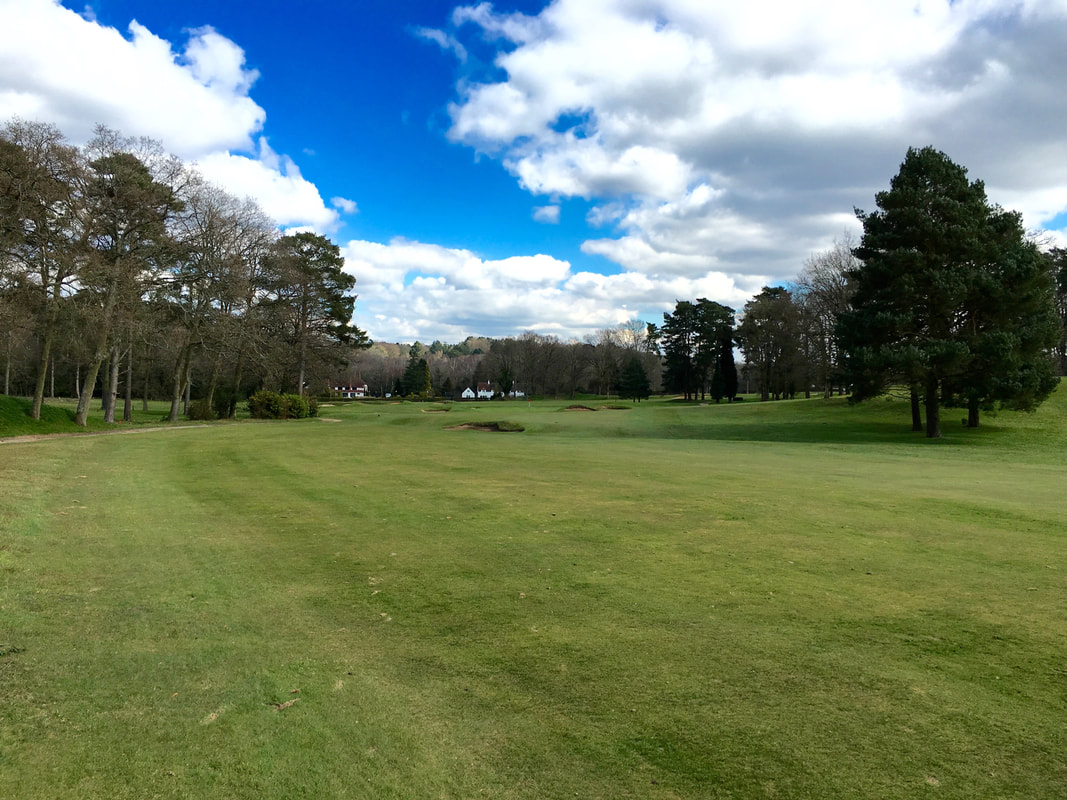
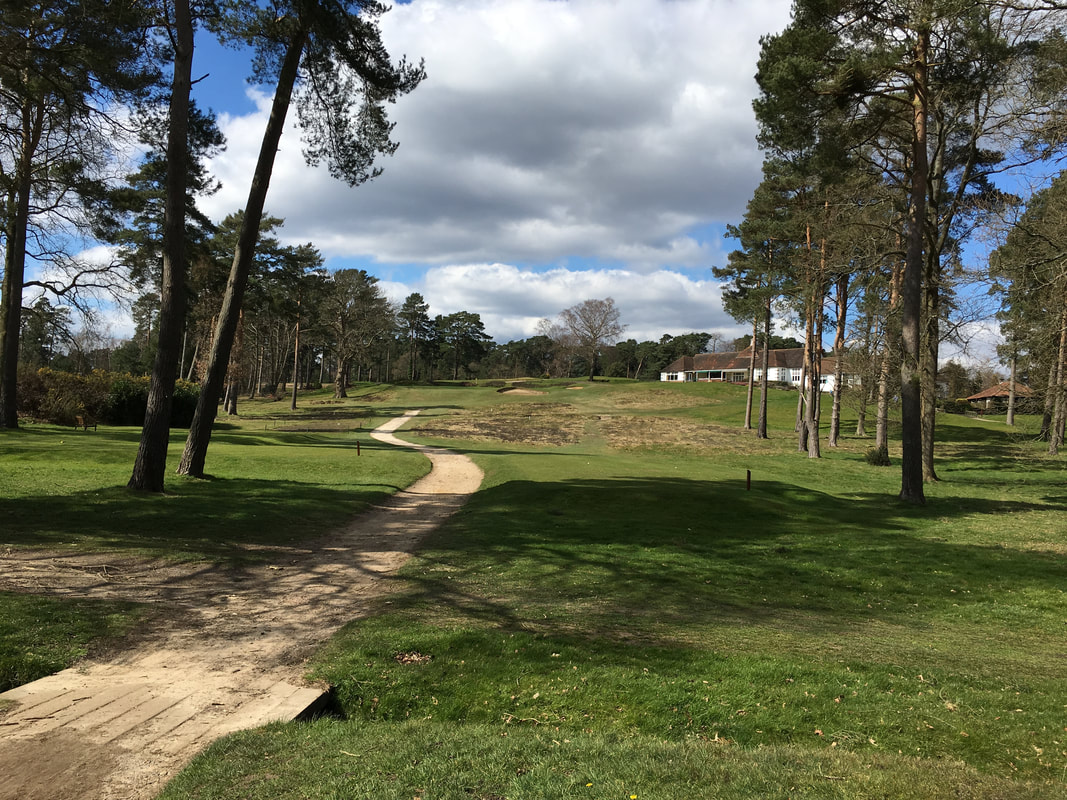
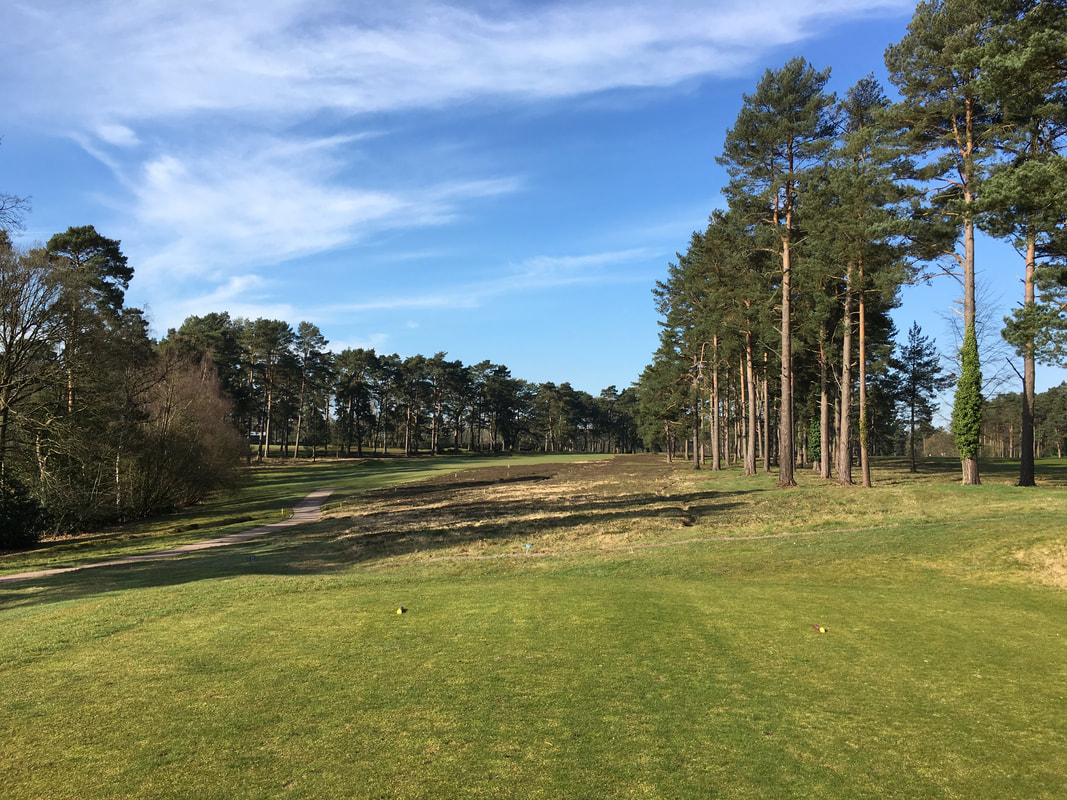

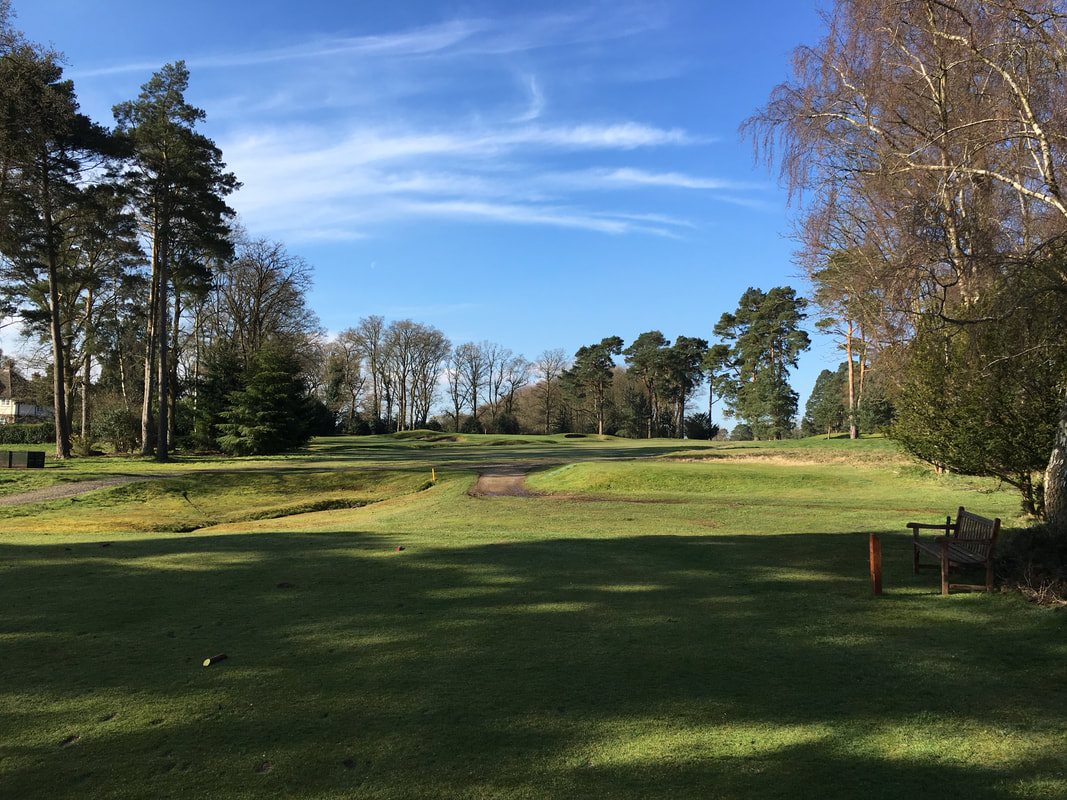
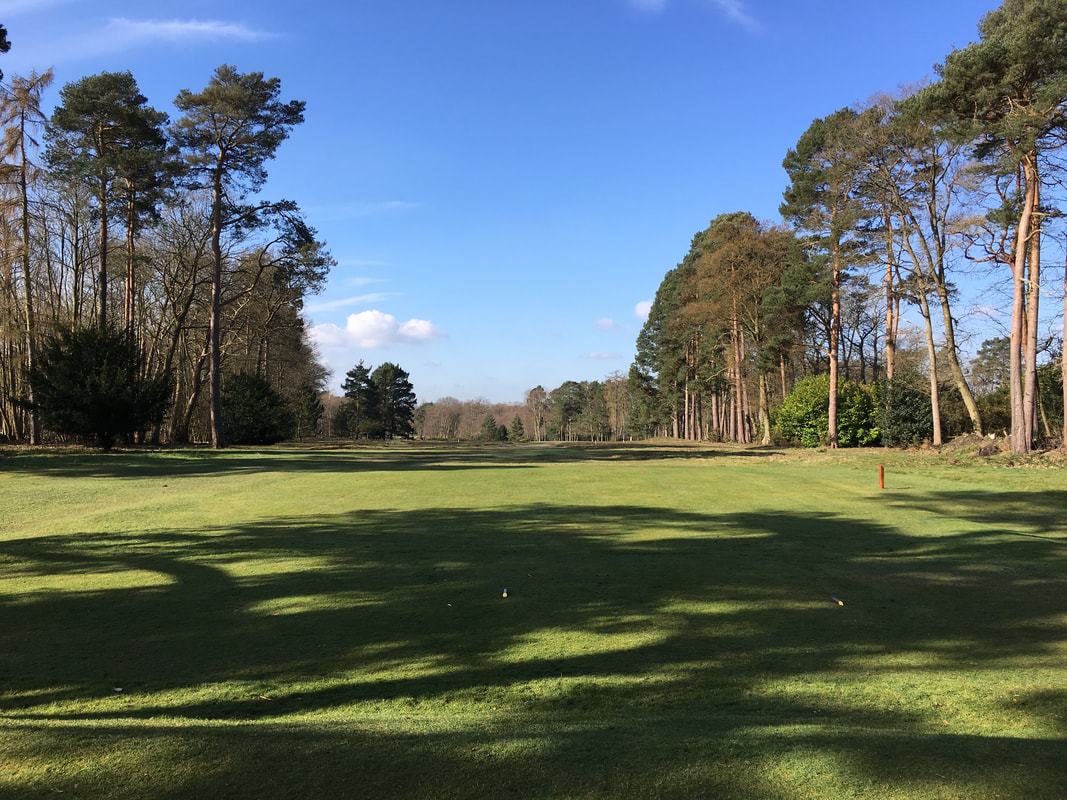
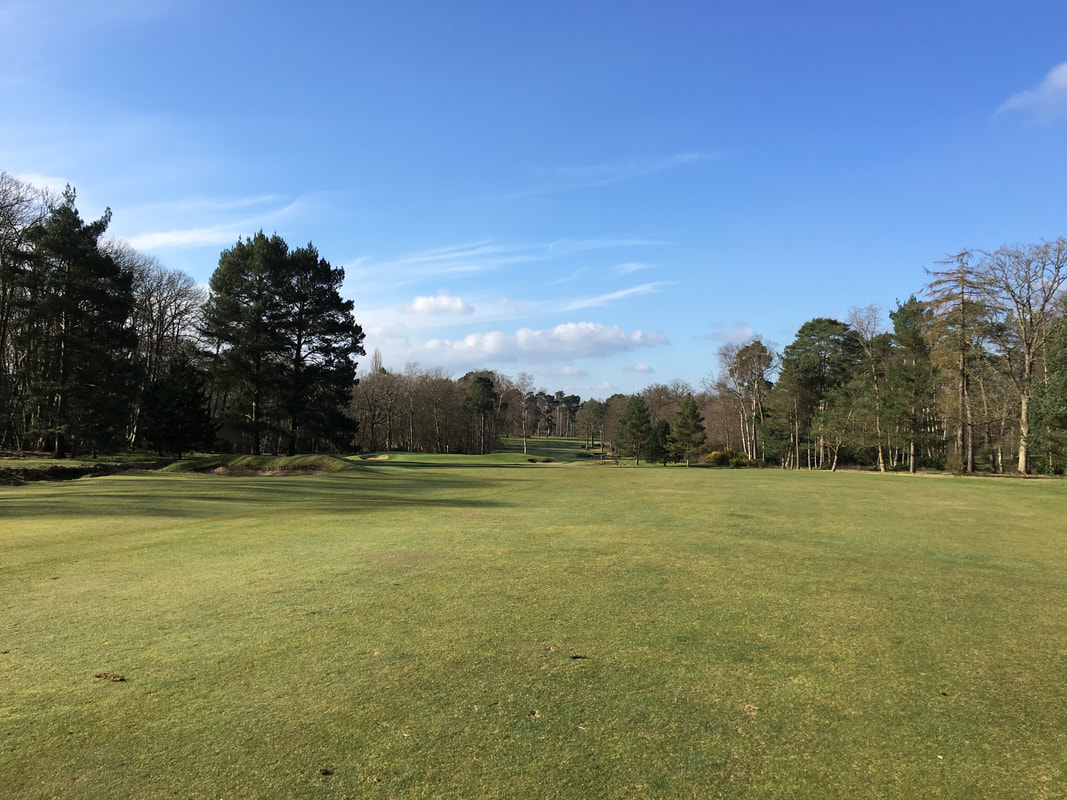
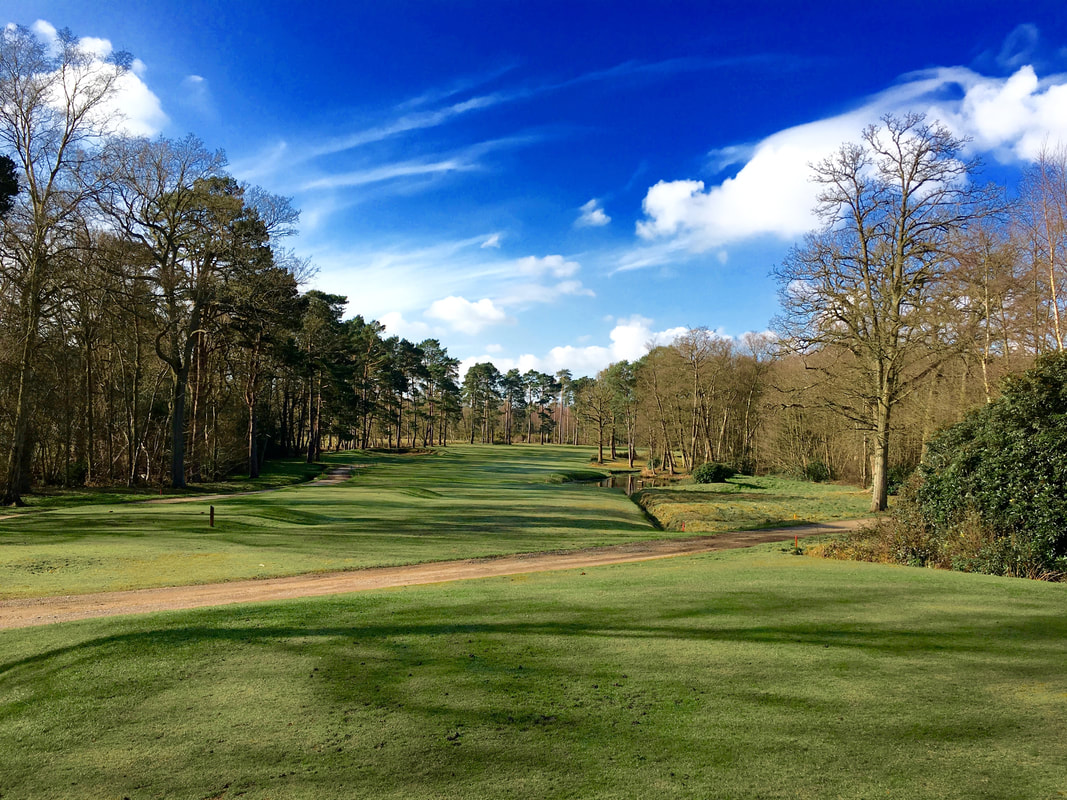
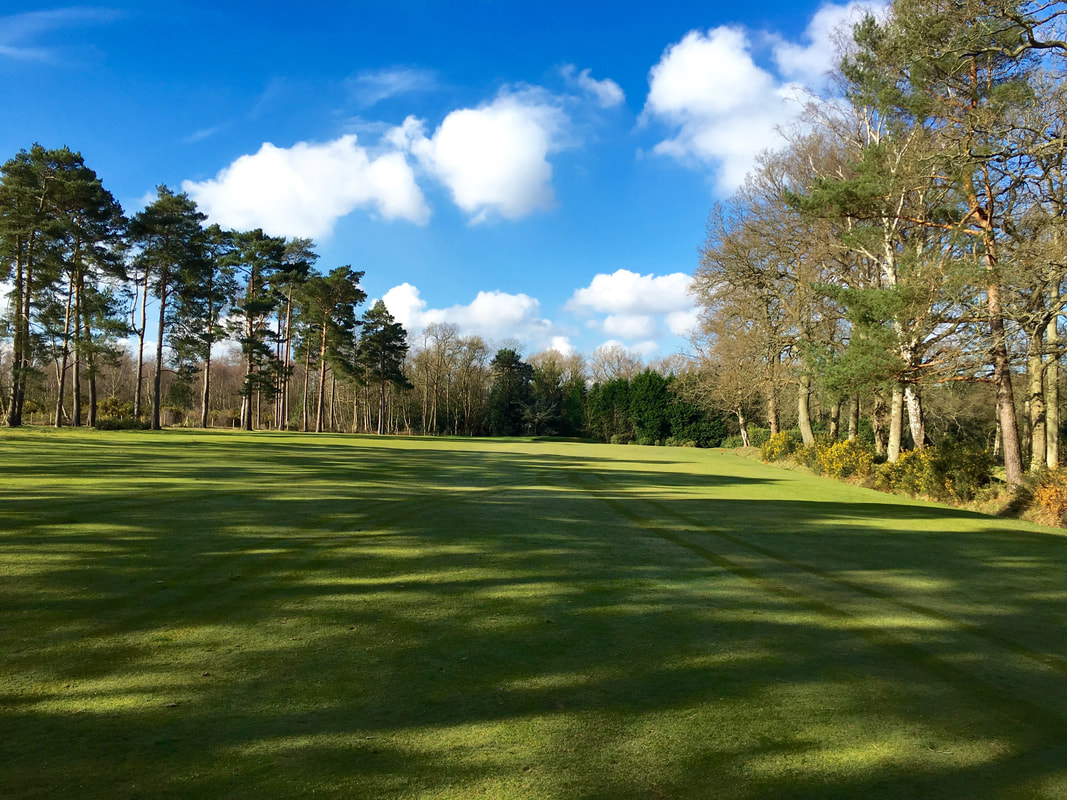
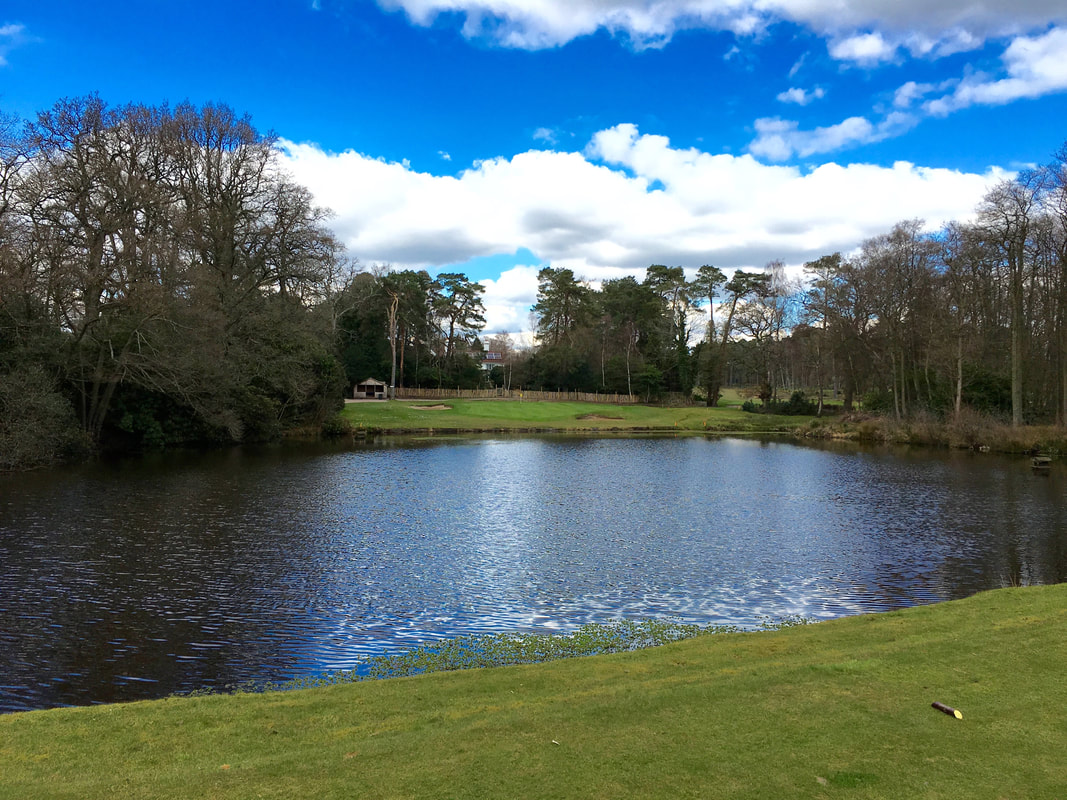

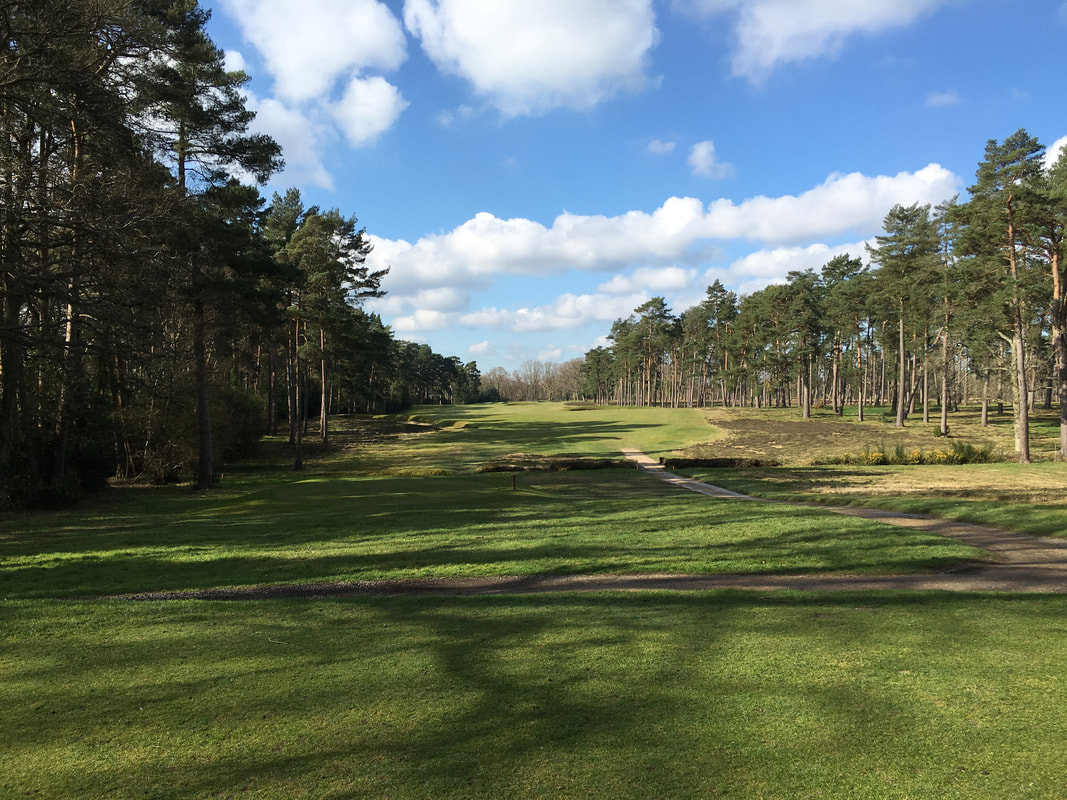
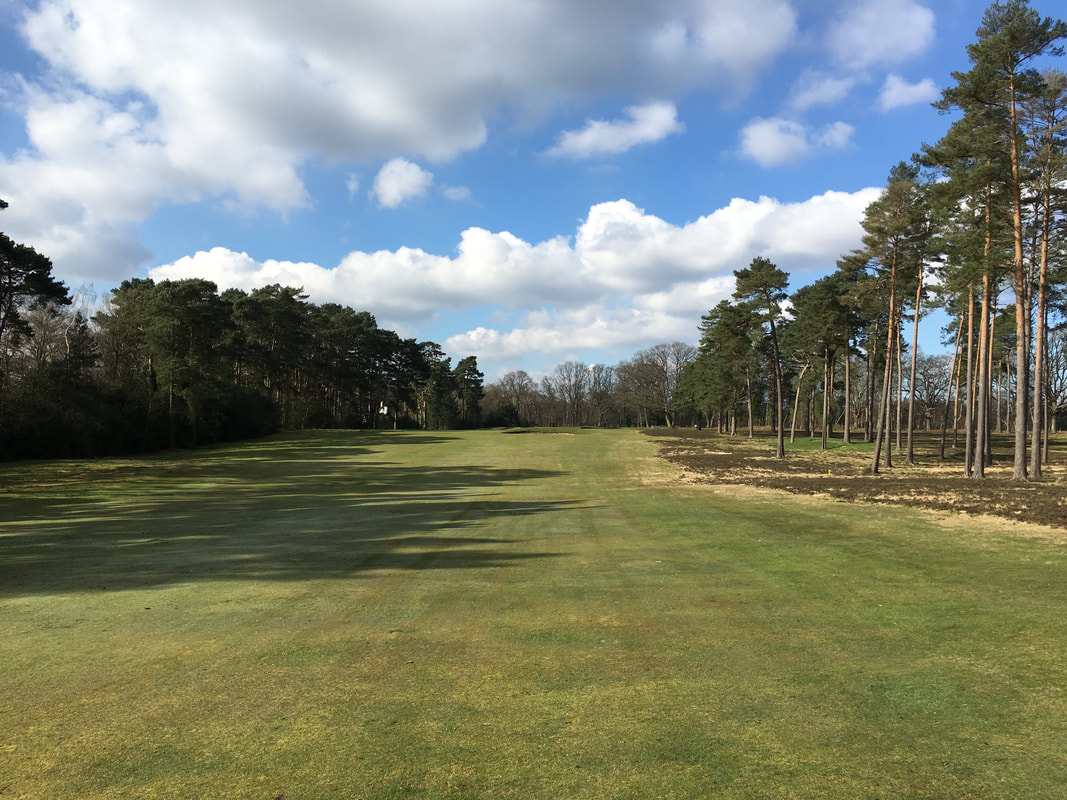
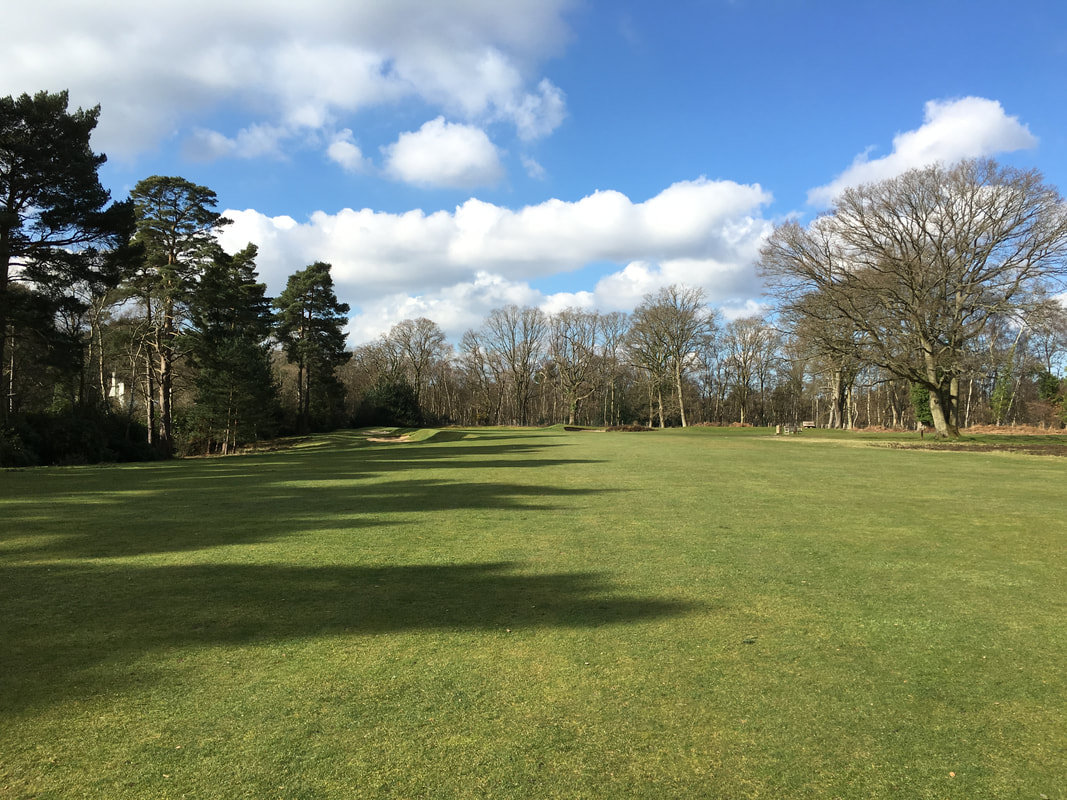
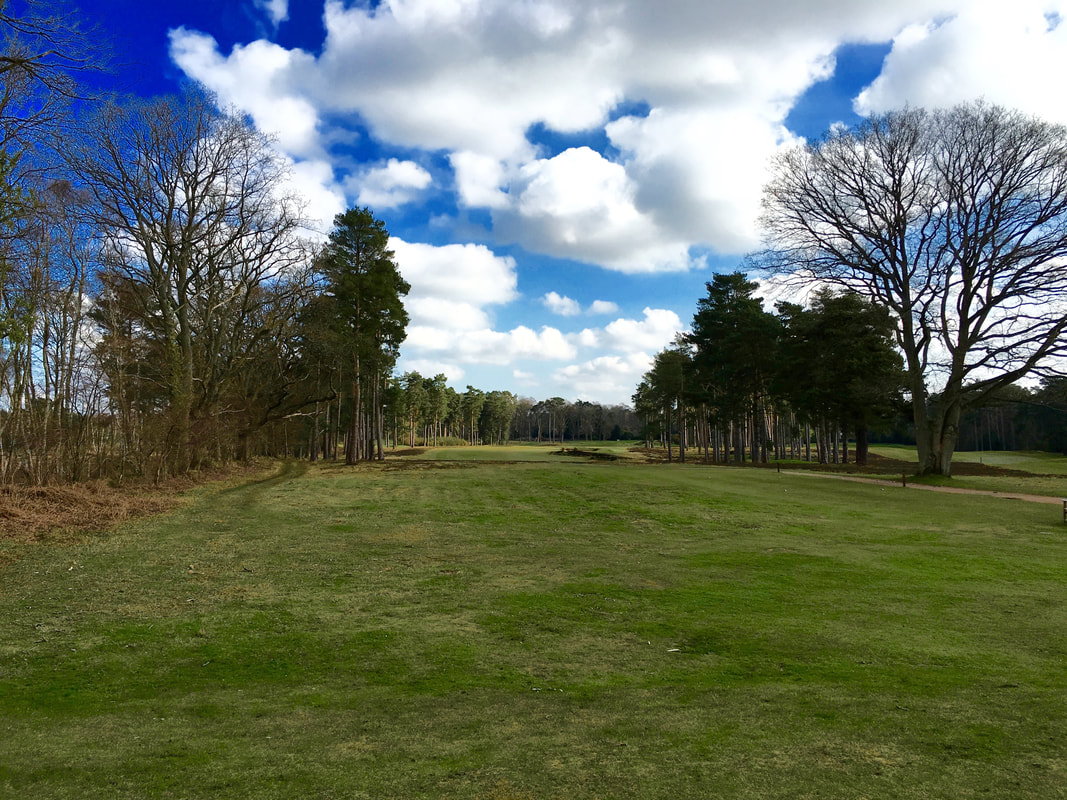
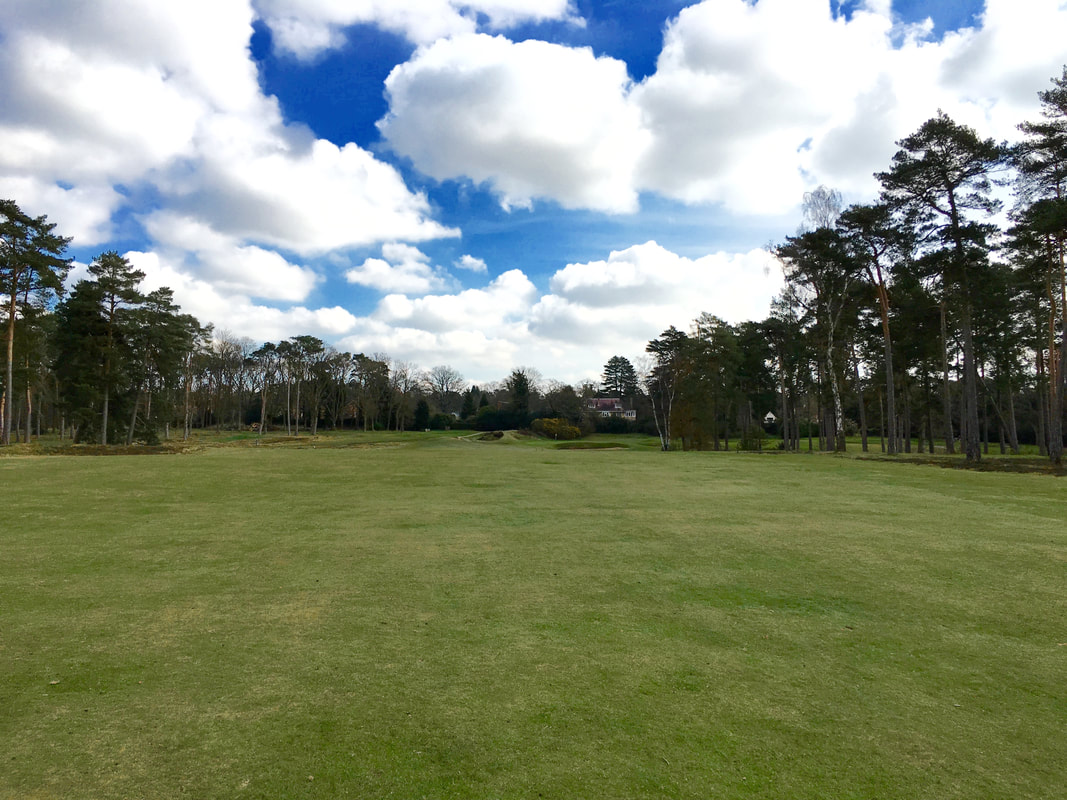
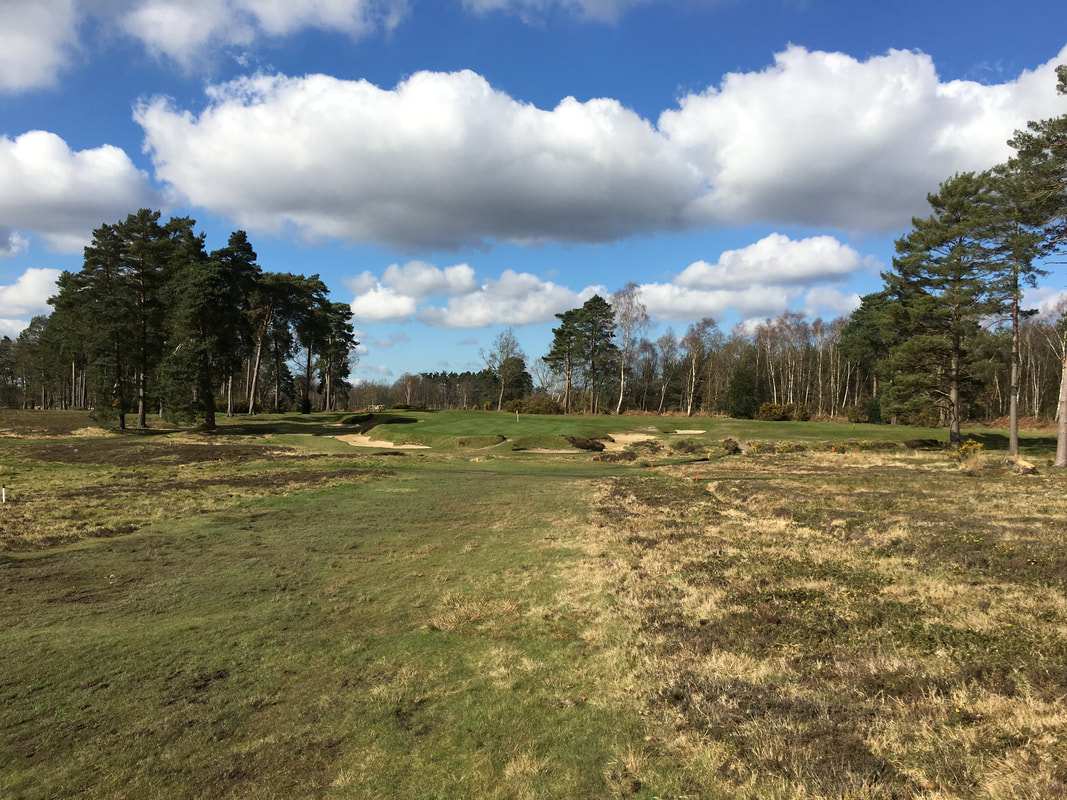
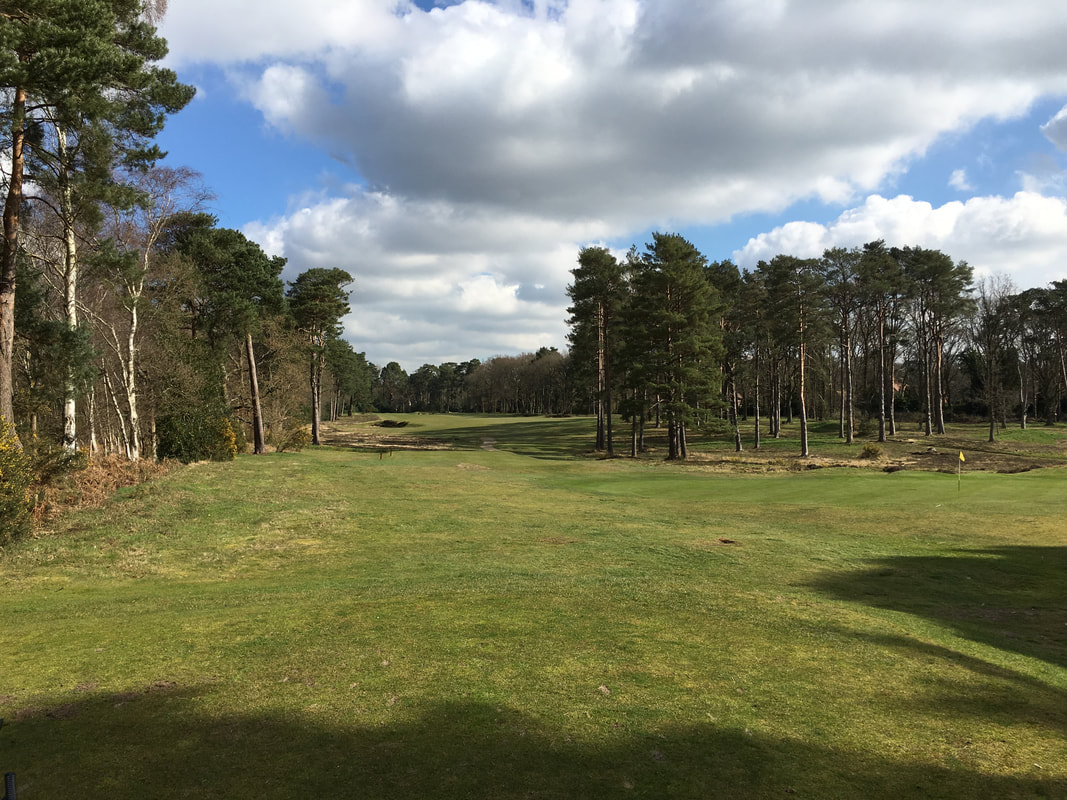
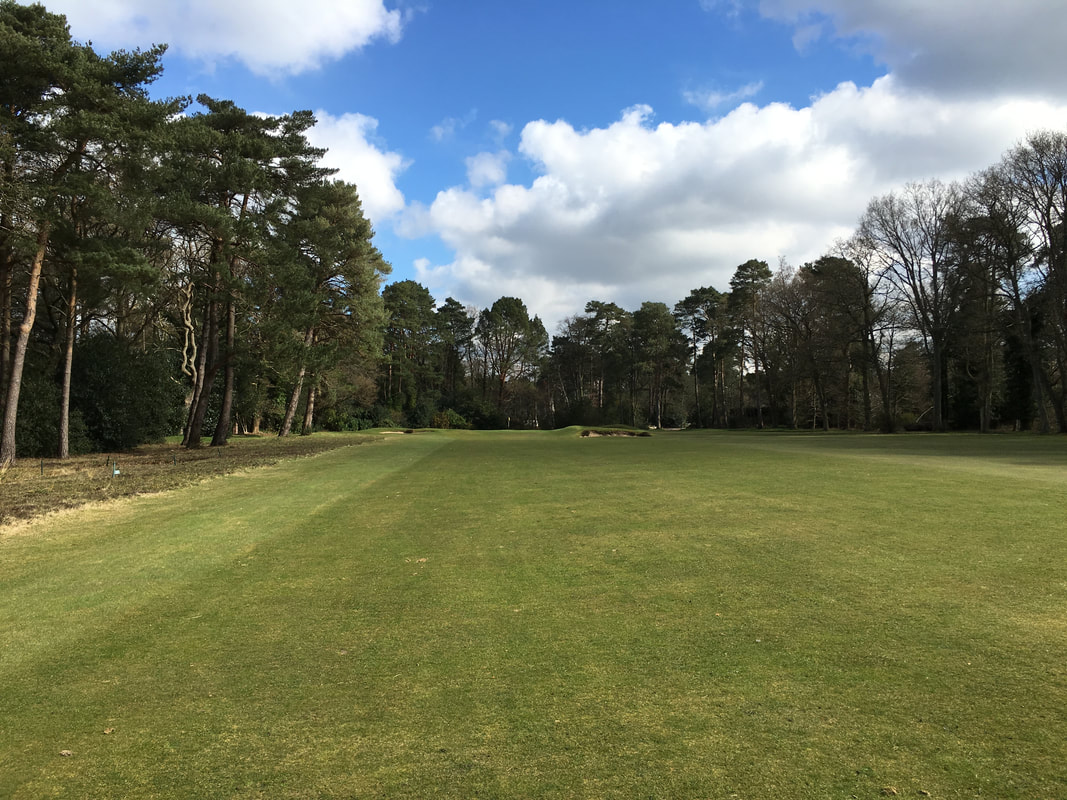
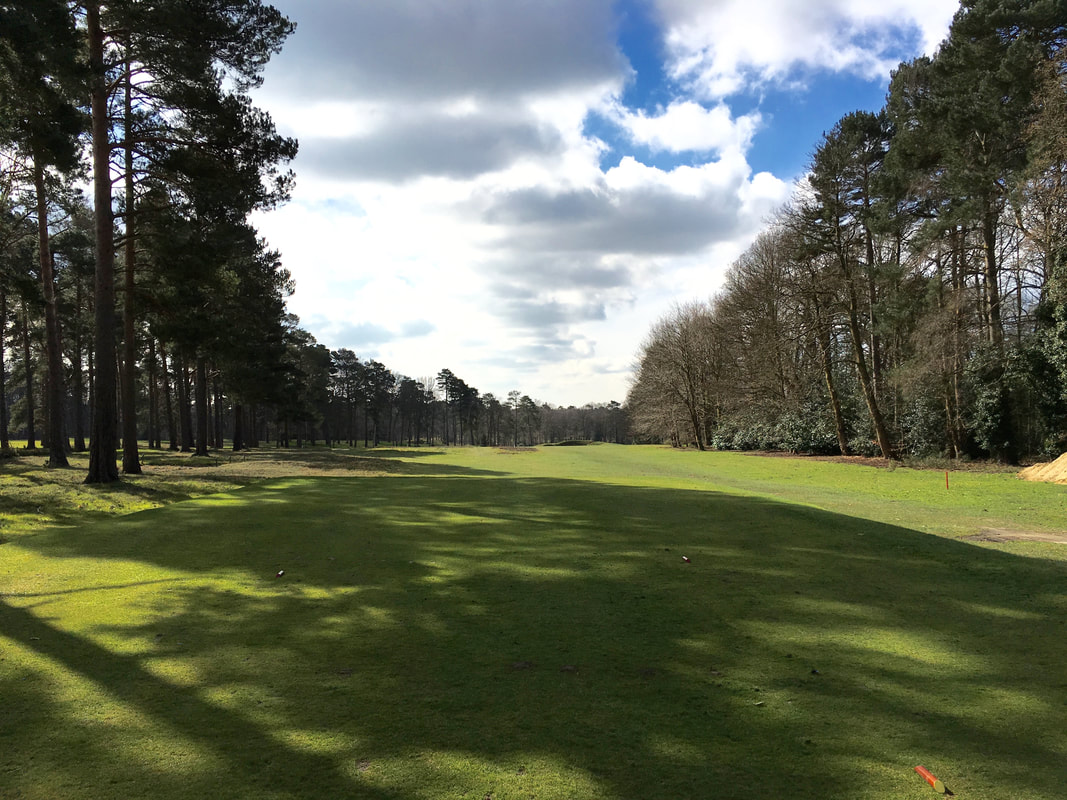
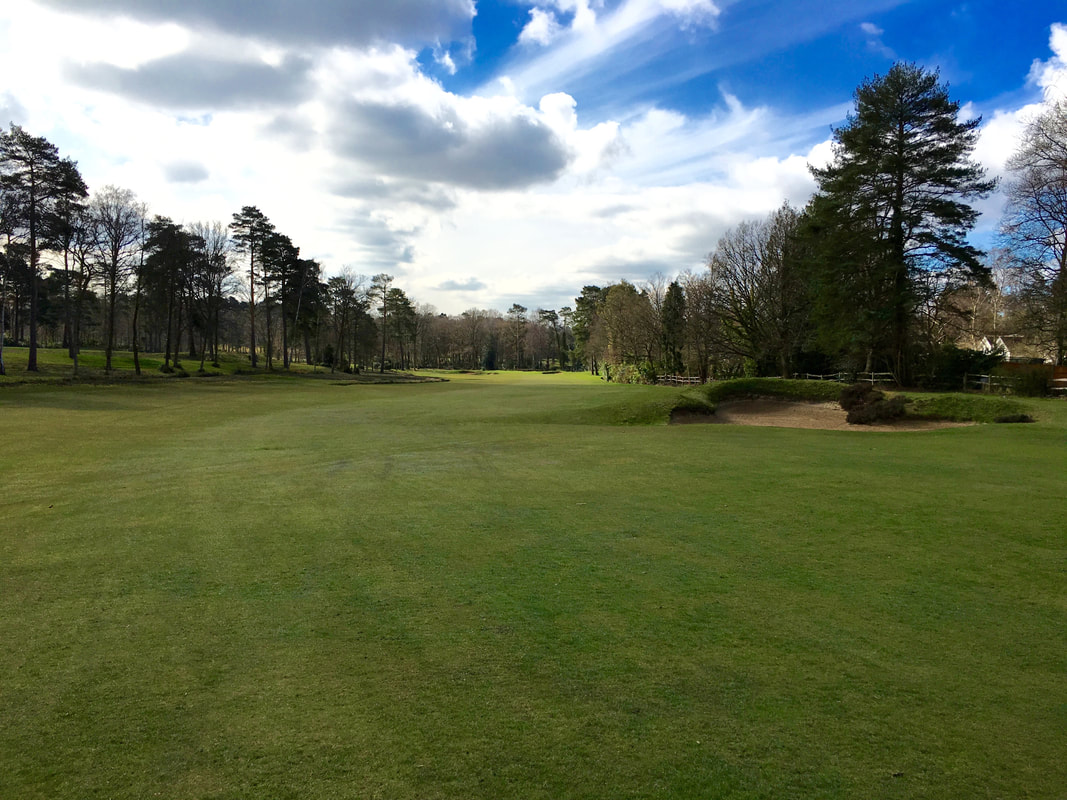
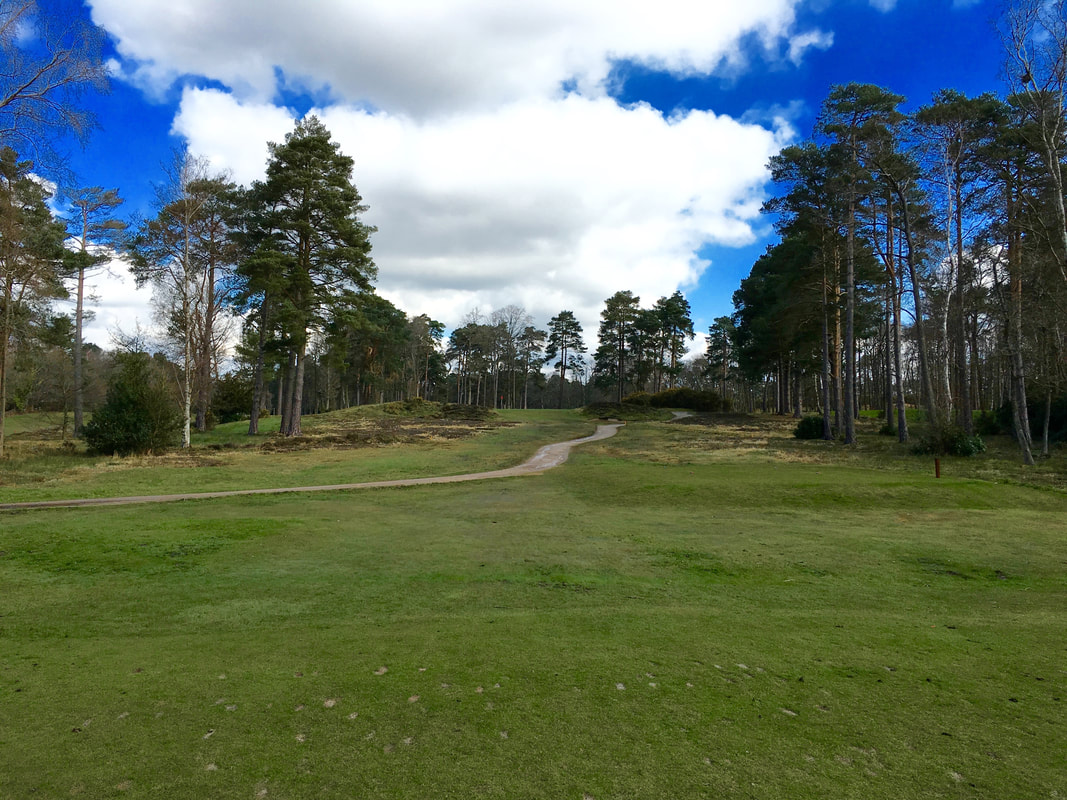
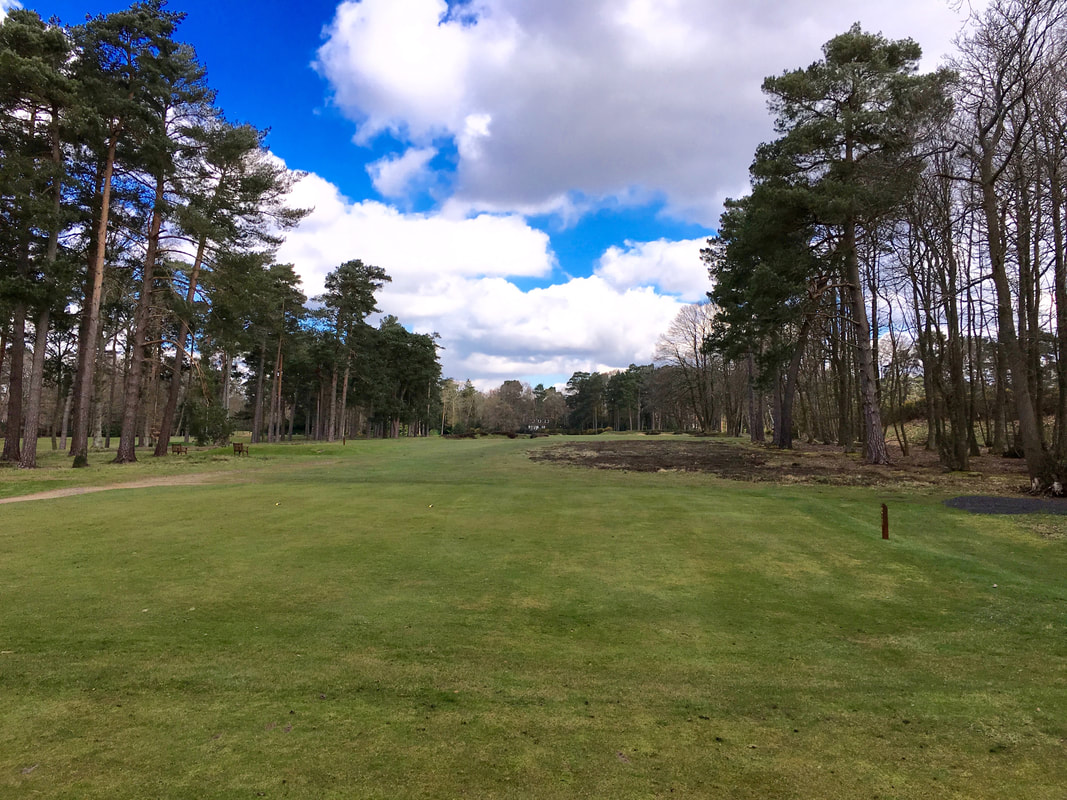
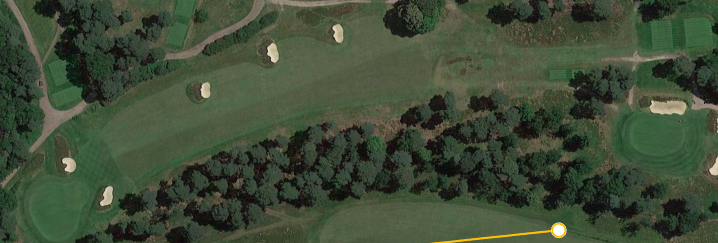
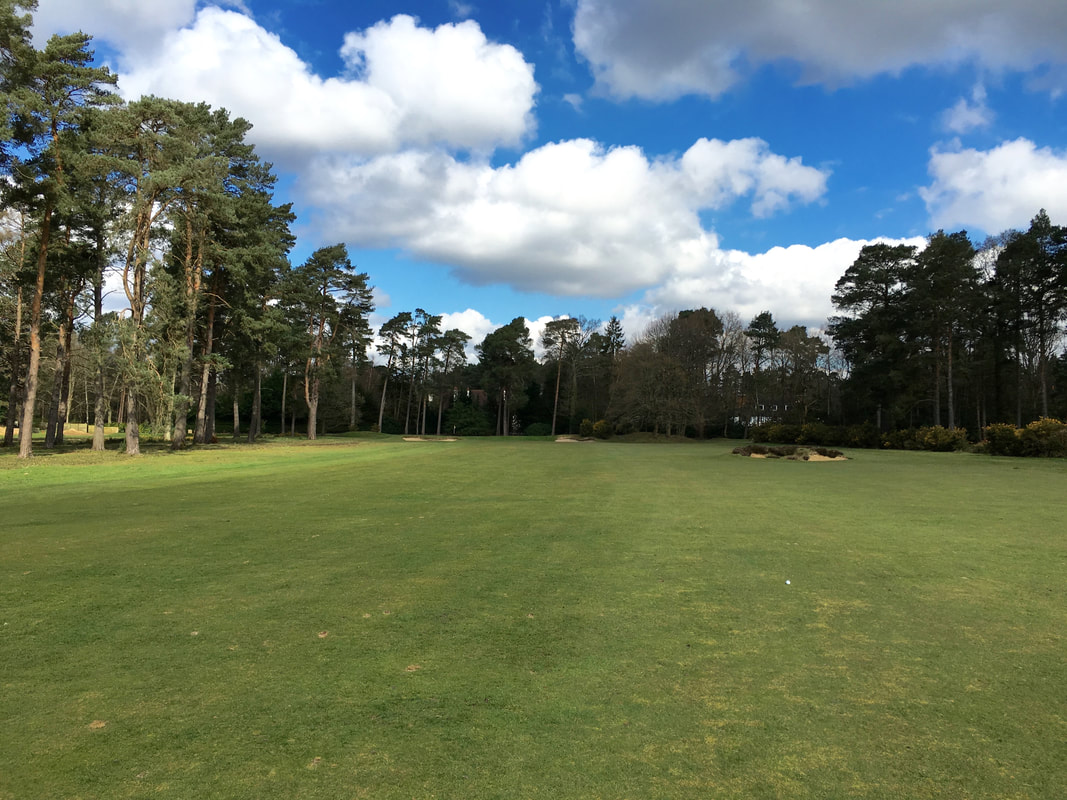
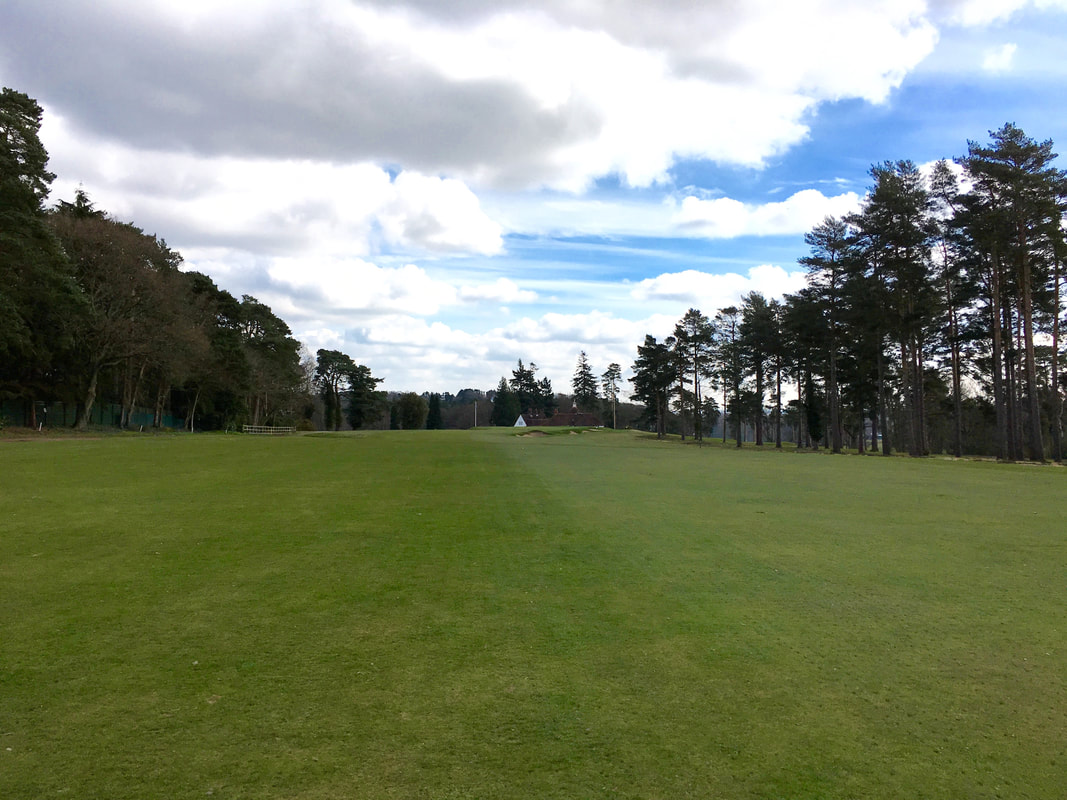
 RSS Feed
RSS Feed